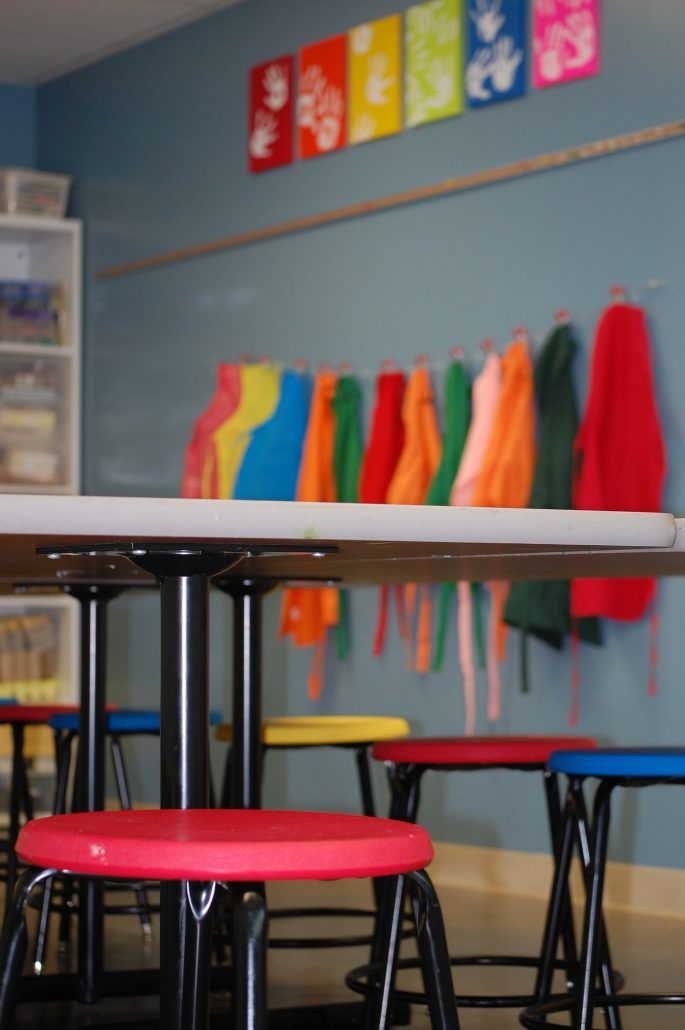Autism Awareness Month: Advice for the Classroom

April is Autism Awareness Month. One of the more mysterious developmental disabilities, Autism Spectrum Disorder presents itself in many different ways from child to child. In an effort to raise awareness about the many learning styles of students with autism and effectively support them, it is important that educators receive valuable, current information and strategies to help empower students in the classroom. With diagnostic data indicating a rising rate of more than 1 in 70 births, it is likely that this information is vital for parents and educators.
No two students with autism are alike. This disability is unique in the sense that it manifests differently from person to person. The age of onset varies, as well, with most children exhibiting symptoms by age three. However, there are some consistent findings: boys are almost four times more likely to have autism, and language regression and sensory sensitivity are often the first reported signs or symptoms.
Because early intervention is paramount for treating and managing an autism diagnosis, students in your classroom that are affected by autism are likely to have certain routines or practices already in place. The key then becomes streamlining the successful practices and strategies from home into the classroom environment. Be proactive when asking parents about successful strategies that they implement at home. Be sure to make contact with families early in the school year to ensure that the classroom transition is smooth. As much as possible, reinforce the successful practices from home in your classroom. The more consistency that your students experience, the better. Parents are a teacher’s greatest assets when finding ways to best serve your students.
Plan to maintain consistent and positive communication with parents of your students with special needs. Parents of a child with autism may be hesitant or anxious about their child’s acclimation to a new classroom environment. This is 100 percent understandable, as some past experiences may have been unfortunate or stressful for the child. Put parents at ease by maintaining a communicative relationship—one based on positivity and growth. Of course, weekly reports may vary in positivity, but remember to lead with the pros. What did the student do well this week? What growth have you seen of late? What social milestones did you witness in class or at recess? And so on.
Since students with autism frequently experience a sensitivity to sensory stimuli, teachers should be sure to maintain a calm and consistent environment. This is much easier said than done, however. A classroom of 35 boisterous children does not necessarily lend itself to calm and consistent. In an effort to best accommodate your students with special needs, consider keeping a cozy corner or quiet spot in the classroom. Use cushions, pillows, and bookcases to create a somewhat private “cool down” area if a student is experiencing stress from the classroom. Bright lights or darkness, loud noises, commotion, or unexpected changes in the routine, like a fire drill, can totally throw students with sensory sensitivity for a loop. Students on the spectrum are most comfortable when routines are maintained and expectations are met. So consider giving your student a heads-up if the daily norm is going to be disrupted. Knowing what is to come is immensely helpful for students that rely on continuity.
Be careful about praise, criticism, and sarcasm. Generally speaking, sarcasm should be avoided in the elementary classroom because of the students’ inability to read those cues. However, with students on the spectrum, sarcasm and dry humor can be even more confusing or misleading. Similarly, comments of support, praise, or reassurance may actually come across quite differently, depending on a student’s social perceptions. Be careful when recognizing a student’s achievements. Some may loathe the limelight and attention. If you know that your student is particularly shy, consider writing him a congratulatory letter, or recognizing his accomplishment in a small group of his friends.




